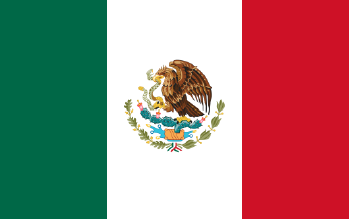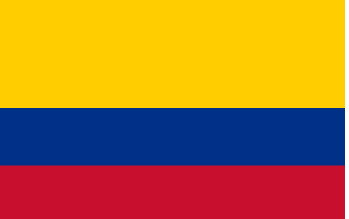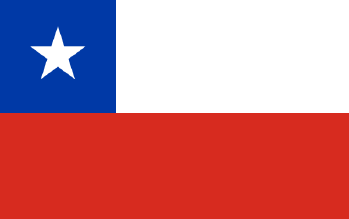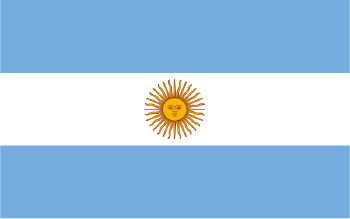
Task force created to work on rare disease patient and family law – In the first days of September, a working group was officially set up in Parliament with the aim of drafting a bill that takes into account the demands of rare disease patients and their families. This is the second part of the Resolution Rare 4 campaign, led by Eurordis (European Organization for Rare Diseases) and the International Committee for Rare Diseases.










